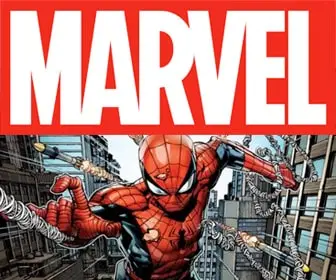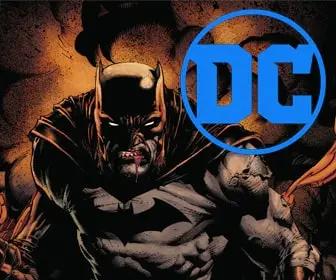
Create Your Own Comic: Mastering World Building and Character Development
Embarking on a Creative Odyssey
Welcome back to “Create Your Own Comic“! Today, we’re venturing into two of the most crucial aspects of comic creation: World Building and Character Development. These elements are the lifeblood of your story, setting the stage for a narrative that captivates and resonates with your readers.

World Building: Crafting Your Universe
1. Setting the Foundation: World building is about creating the universe where your story takes place. Whether it’s a distant galaxy, an alternate reality, or a hidden world within our own, start by outlining the basic parameters of your setting.
2. Establishing Rules: Every world has its rules. Define the laws of physics, society, and magic (if applicable) in your universe. Consistency is key to making your world believable.
3. Cultural and Historical Backdrops: Develop the history, cultures, and societies within your world. What historical events shaped its current state? What are the customs, languages, and ideologies of its inhabitants?
4. Geography and Environment: Sketch out the physical landscape. Mountains, rivers, cities, and other geographical features can significantly influence your story and characters.
5. Integrating into the Narrative: Ensure your world serves the story. Every element of the world should enrich the narrative, not detract from it.
Character Development: Bringing Your Characters to Life
1. Creating Compelling Characters: Your characters are the heart of your story. Start by outlining their basic traits — names, appearances, backgrounds. But remember, the most memorable characters are those with depth.
2. Motivations and Goals: Define what drives your characters. What are their aspirations, fears, and desires? Characters should have clear motivations that propel the story forward.
3. Flaws and Strengths: Flawed characters are relatable and fascinating. Balance their strengths with weaknesses and vulnerabilities.
4. Growth and Arcs: Plan character development arcs. How do they change throughout the story? Characters should evolve in response to the events and challenges they face.
5. Relationships and Interactions: Characters don’t exist in isolation. Their relationships and interactions with others add layers to their personalities and the story.
Bringing Worlds and Characters Together
1. Interaction with the Environment: Characters should interact with and be influenced by the world around them. Their actions and decisions should reflect the world they inhabit.
2. Cultural Influence: The culture and society of your world should impact your characters’ behavior, attitudes, and beliefs.
3. Conflict and Resolution: Use the world and characters together to create conflicts and drive the narrative. How do the characters’ goals align or clash with the world they are in?
Denouement: A Tapestry of Creativity
World Building and Character Development are like weaving a tapestry. Each thread you add enriches the story, creating a vivid, immersive universe filled with compelling characters. Take your time with these aspects of your comic; they are what will make your story truly stand out. In our next segment, we’ll delve into the art of dialogue and pacing in comics. Until then, let your imagination soar and start building worlds and characters that leave a lasting impression!










